Royal Cornwall Museum
Back to Grants for Conservation ProjectsGrant Scheme
Collections Care Stimulus Fund
Award Year
2021
Grant Sum Awarded
£1,250
Icon Accredited Conservator
Helena Jaeschke ACR
Details
The Royal Cornwall Museum has recently undergone significant change in its 200-year history. In winter 2019, the organisation had a complete change in team, with the aim to create a museum that is rooted in its community and relevant for a modern and diverse audience. An important part of this is the management and care of our significant collections that tell the story of Cornwall and our unique culture and identity.
For many years the collections outgrew on-site space. Seven years ago, an off-site store was established for social history and ceramics. This store was inaccessible, and the building had fallen into a state of disrepair, poor environmental conditions affecting the collections.
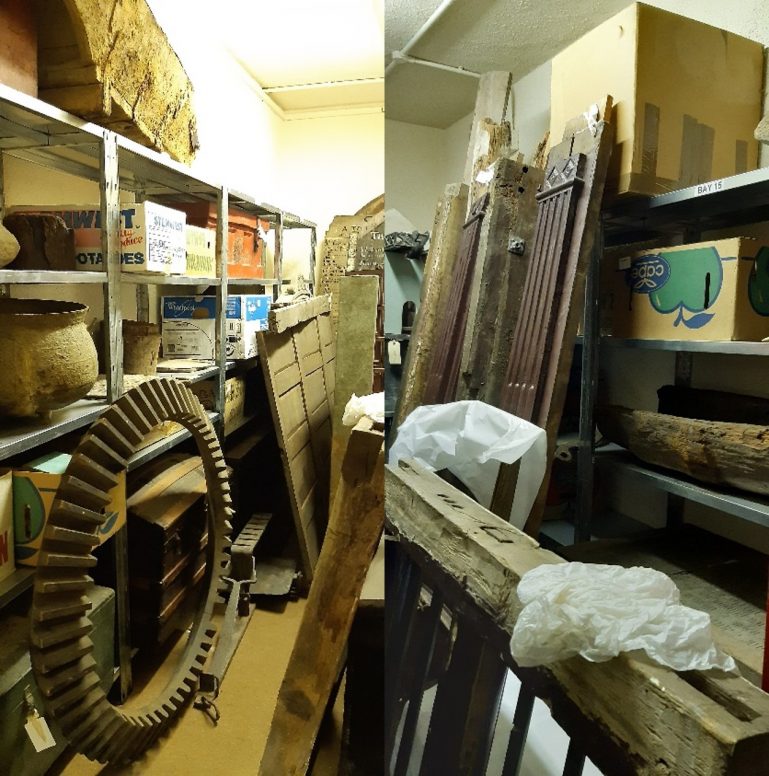
This project was to see the establishment of new stores on site at the museum, where collections can be easily accessed and to improve collections care conditions and collections management. This included completing a full inventory of the off-site store, updating catalogues, cleaning collections of mould, re-packing in new conservation grade materials, transporting and organising the new stores.
We anticipated that the project would take no more than 5 months from start to completion. However, with the impact of the pandemic restricting travel, close working contact and periods of absence, the project was postponed, and was completed in January 2022.
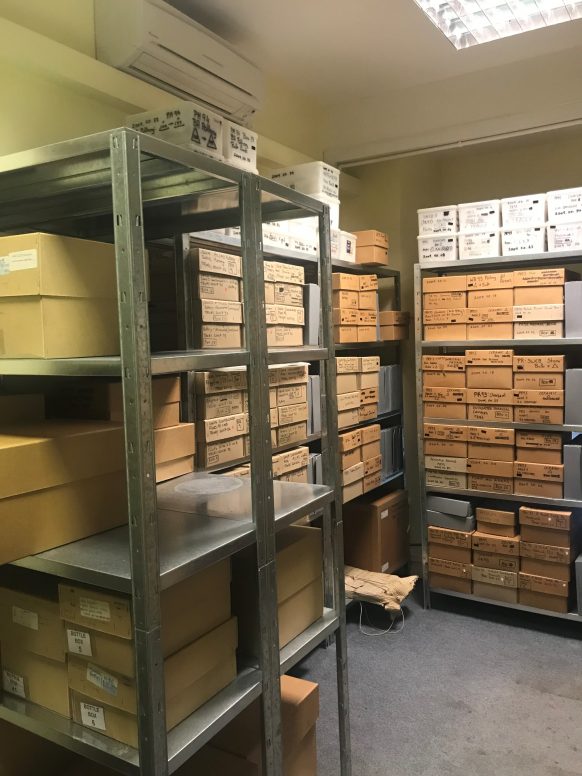
Conservation Challenges
Access to the store was difficult, it required two members of the small museum team being off site, it was in the centre of a small city, but the locations wasn’t accessible to the public. This meant the collections were infrequently used and inaccessible for researchers because we couldn’t leave them in the building unattended.
In recent years the landlord underinvested in the building; it became damp putting the objects at risk. The objects were stored on open shelves and in racking. Due to the adverse condition of the building the store had mould outbreaks which started to spread to some objects. The need to remove the collections from the environment was a matter of urgency. Working with the South West Conservation Development Officer, we cleaned and treated any mould outbreaks before packing the collections safely using appropriate materials.
The boxes that were being used were not conservation-standard and as they had been in the store for some time, were mouldy, damp and not fit for purpose.
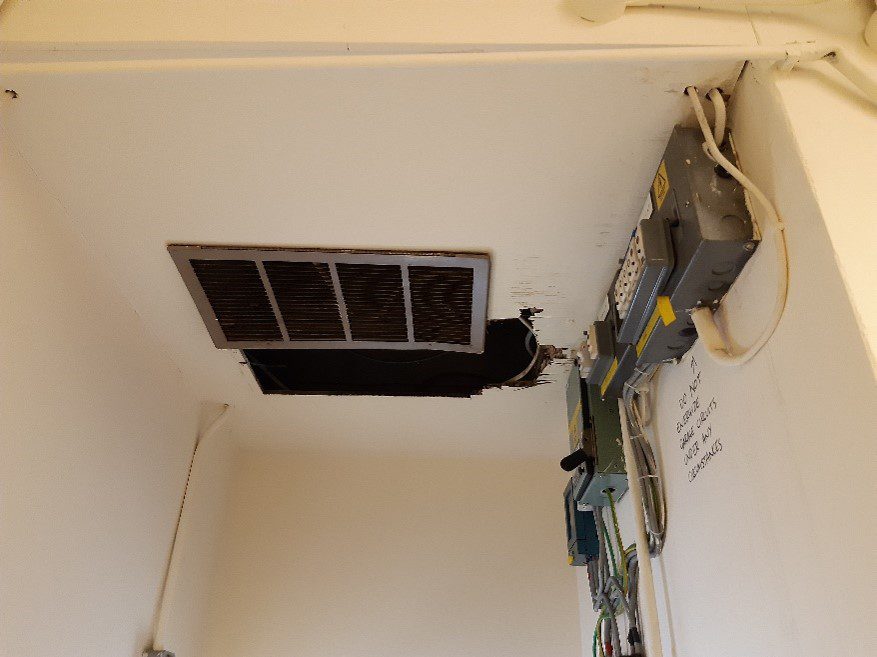
How was the grant used to address these challenges?
The grant was the kickstart to undertaking the project. It has been used for preventative conservation; consultancy time from an accredited conservator and to purchase conservation grade boxes and packaging materials.
The Collections on the Move project benefitted from specialist advice from Helena Jaeschke ACR, SW Museum Development Conservation Development Officer.
The project was led by the museum team; Jeni Woolcock; Collections & Engagement Manager, Jo Moore; Collections Manager at Wheal Martyn China Clay Museum, Dan Wills; Trainee Curator, Sam Pascoe; Exhibition Technician and Bryony Robins; Creative Director with support from 6 dedicated volunteers; Paul, Hayley, Penny, Colin, Jane and Marianne, without whose help we would not have been able to deliver the project on time.
There are 2724 records associated with the store, some of which are individual and some of which are group records. The collections comprise a range of materials (ceramics, biological organics, treated wood, metal, glass, archaeological material etc.) and this project allowed us to work with Helena to adjust our plans according to the needs of the objects, with advice on conservation-in-motion.
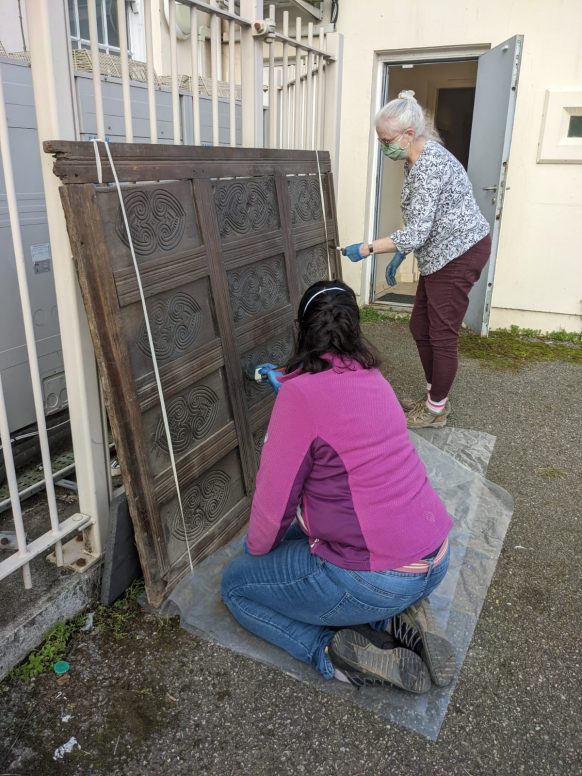
Environmental monitoring and adjustment
The store was reading Relative Humidity to be more than 70% in all rooms. The prepared stores at the museum are reading between 42% and 52%. As a result, the collections at the offsite store needed to be gradually adjusted to ideal RH conditions so as not to cause more damage. We therefore moved objects that were of highest concern to one room that could be sealed. The door was sealed with a layer of plastic, creating an isolated space within the store, and a dehumidifier installed. Over a period of 3 months, we reduced relative humidity levels gradually 5% at a time until the room consistently read between 45% and 48%. This would also have killed existing mould and/or put mould spores into stasis.
Blunder traps were placed in each room and recorded monthly. We had anticipated that pests would be those found in damp conditions, but surprisingly, we did not find many destructive pests in the traps. What we did find regularly were Woodlouse Spiders, indicative of woodlice (which were also present), but more importantly confirmed the damp conditions in the store. It is possible that other damp-loving species were thriving in the space.
Store preparation at RCM
During this time, two spaces were allocated to house the collections on their return to the museum. Both spaces were monitored using Tiny Tags for two months and were laid with pest traps to ensure that they were suitable for collections storage. In November 2021, racking from the offsite store was transported and installed into one of these spaces so that transport of the collections could commence in December 2021.
Packing
The offsite store comprised one main room and three side rooms. Our project plan was to deal with each in turn, although the logistics of clearing and moving racking before transporting and re-shelving objects meant that the work programme needed to be well organised.
We began with Room 3 of the store. This housed archaeological archives (material and paper) and outsized objects. Many of the boxes were unfit for use and needed replacing. Any historical information on the boxes was photographed, the boxes listed and their contents repacked into new acid-free boxes, before being moved into a void space ready for transport. Boxes were packed with acid-free tissue and plastazote foam where necessary. Boxes that could be salvaged were wiped clean with a microfibre cloth, then sprayed with a solution of Industrial Denatured Alcohol at a ratio of 3:1. These were then repacked where necessary and stored in the void space.
We then moved all boxes from Room 1 into Room 3 so that the roller racking could be dismantled in November 2021. After part of the racking was removed and assembled back the museum, we commenced cleaning of ceramics boxes. Following from this, we transported all cleaned boxes back to the museum for storage. We then moved on to repacking and boxing objects from the boxes that could not be salvaged.
Training and Conservation
Following the initial visit with Helena, we engaged her for advice on best materials and practical techniques. Training with her and sessions working with her were planned for early October 2021, however unforeseen circumstances postponed this until December. In December we worked with Helena to deal with the outsized and delicate objects that needed the attention of a trained conservator. Helena delivered training to the Collections team and volunteers which helped us complete the project.
Audit and Inventory
During the planning phase, it was identified that the only well-documented collections in the store were the ceramics and bottles. The catalogue represents these with a high degree of accuracy. We ascertained that the biology and outsized collections were erroneously recorded as being in another offsite store, while the archaeology collection had only been informally listed as it had not been formally acquired or accessioned.
We therefore collected together all data and conducted spot checks. Of the ceramics collection, the majority was in its listed place. Of the archaeology, all was in its expected location. Of the biology, we discovered that some of it had never been listed. We redeveloped the audit and inventory plan to be more in-depth and robust.
All movements of collections within the store were recorded, creating new temporary locations lists, pending their transport back to the museum. Further lists were compiled, on a daily basis, to record when items left the store. These, in conjunction with the catalogue and pre-existing lists, will be used to complete the full inventory audit and to amend current locations on our collections management system.
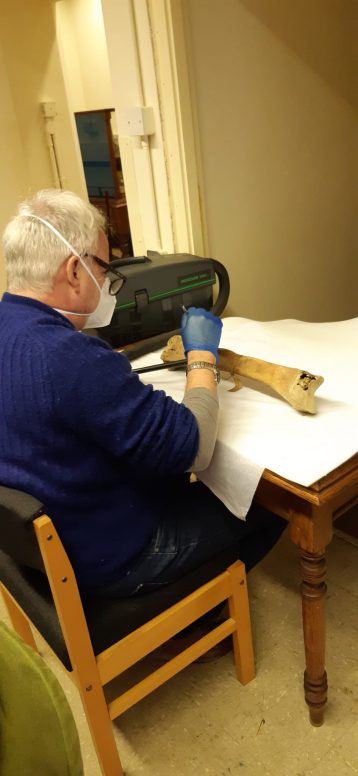
What are the outcomes of the project?
This project has enabled us to safely pack and store the ceramics and social history collections in appropriate conditions, which will improve their long-term care, enable greater access to and understanding and see these collections preserved for the future
The outcomes of the project are that the collections are better cared for, managed and more accessible. This includes:
- Improved collections care to best practice standards
- Better understanding of the collections that were stored offsite
- The creation of efficient and sustainable storage conditions onsite
- Improved staff and volunteer understanding of preventative conservation
- Increased accessibility to collections for researchers, enquiries and display
The project has made our collections more accessible for display and interpretation. We are heading into a major redisplay of our main gallery, and now have a much better understanding of our collections.
Our collections team and key volunteers have learned new collections and conservation skills, which they can now apply in the museum, improving overall collections care and management.
Having the collections on site mean that they are now available for researchers to use, which will increase our knowledge of the collections.
The project and inventory audit have enabled us to plan for future deaccessioning, to continue the good management of our collections.
Closing the off-site store will enable us to make an annual saving of £5,500 which will help with future sustainability.
The collections have been better cared for so they will be better preserved and protected for future generations.
There is greater access to the collections for visitors through display and behind the scenes tours.
We are also better placed to provide loans to other museums, providing greater access.
Greater understanding of our collections mean that we are better placed to answer public enquiries about the collections.
Royal Cornwall Museum is deeply grateful for the support of Icon through a grant from the Collections Care Stimulus Fund, without which we would not have been able to secure the support of an accredited conservator; Helena Jaeschke ACR. Her support provided advice and training for the project team and set high quality collections care standards for the whole project. This project faced us with many and some complex collections care challenges. Under Helena’s advice we were able to prioritise and draw up a critical path plan to address these issues. The grant was also used to purchase conservation grade materials for the long-term preservation of the ceramics and social history collections.

